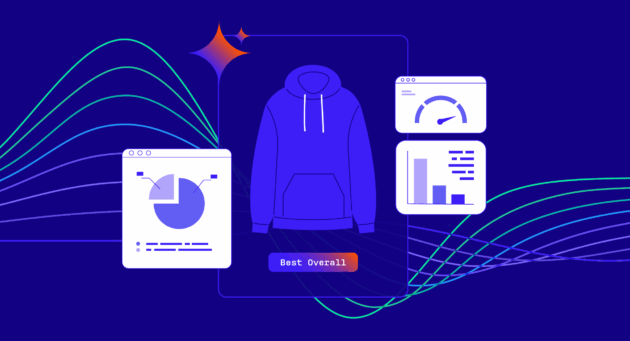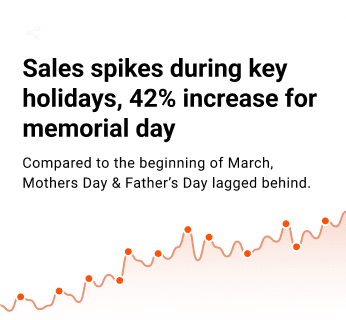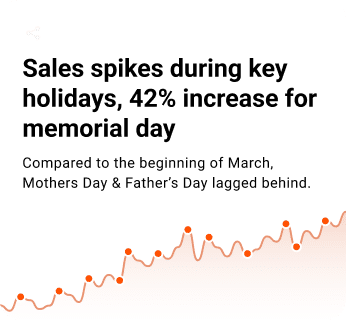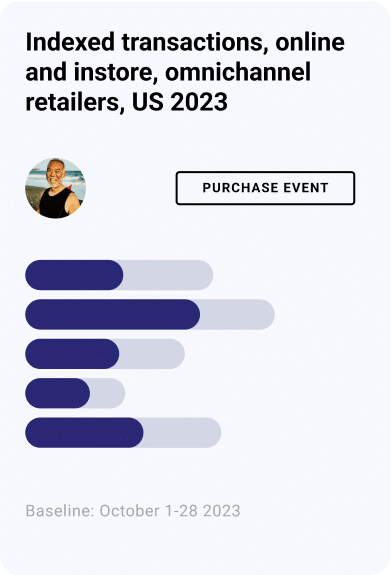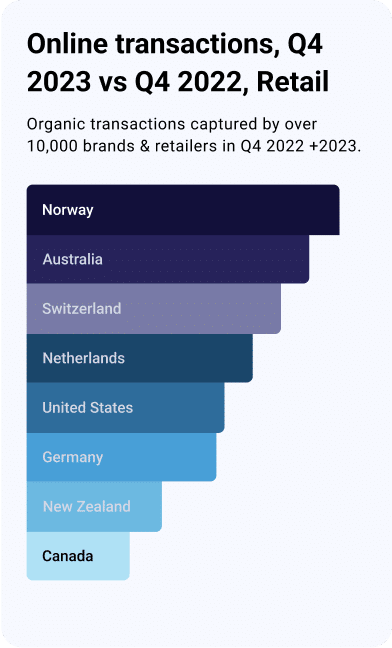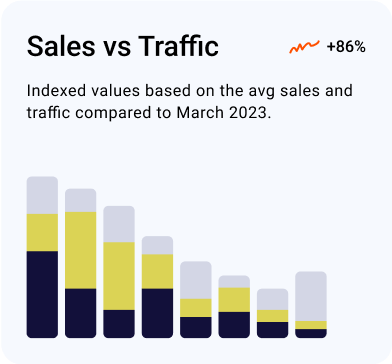There was a time when digital advertising was traded by phone calls, handshakes, and manual insertion orders. Today, however, things are a little more streamlined.
In the modern world, the programmatic advertising ecosystem is powered by a complex supply chain of bid requests—the bidstream—where ad placement decisions are made in the blink of an eye.
Programmatic trading of this kind hinges on two key players: media buyers and sellers. Buyers seek out prime advertising spots for their clients, targeting specific audiences. Sellers, including website publishers and media brands, offer up their digital spaces to monetize. It’s a straightforward yet vital exchange, and it’s central to the digital advertising ecosystem.
In this article, we’re focusing on the sell side of this equation: How do publishers manage their ad inventory, maximize revenue for these slots, and ensure optimal yield for their properties?
The answer is a Supply-Side Platform, or SSP.
What is an SSP in advertising?
An SSP (Supply-Side Platform) is a programmatic technology platform that allows publishers to manage, sell, and optimize their digital ad inventory. It automates the process of selling ad space by connecting publishers with Demand-Side Platforms (DSPs), ad exchanges, and ad networks. The goal of an SSP is to maximize revenue for publishers by ensuring ad space is sold to the highest bidder, achieving the highest possible CPM (cost per thousand impressions) for each ad impression.
It’s an essential component of the digital advertising ecosystem, acting as a bridge between publishers and potential advertisers. SSPs exist to help publishers get the most bang for their buck, ensuring their ad space is sold to the highest bidder to achieve the highest possible CPM (cost per mille) for every available ad impression on their website.
The fundamentals of a Supply-Side Platform
To understand how an SSP works under the hood, it’s important to get familiar with a few key concepts. Each of these plays some part—big or small—in how an SSP functions.
Real-time bidding (RTB)
RTB is the beating heart of the programmatic ecosystem. When a user lands on a website, the SSP, representing a publisher’s website, sends out a bid request with details about the user and the ad space available. DSPs (Demand-Side Platforms), who are targeting specific audiences, review this incoming bid request. They put a price on the ad impression based on its value to them, then send this back to the SSP as a bid response. The SSP quickly picks the highest bidder, and just like that, the ad appears on the site. The best part? Every step of this process happens in less than 100 milliseconds.
The ad server
A publisher’s ad server is where the magic happens when it comes to displaying ads to the end user. Connecting directly to the SSP, along with multiple other demand sources, the ad server’s role is to deliver the best possible match between available ad inventory and incoming bids. When serving an ad, the ad server will conduct a unified auction across demand sources—direct advertisers, header bids, ad networks, and more—to decide which ad should be shown. This isn’t just about maximizing CPMs, but also fulfilling campaign commitments.
Header Bidding
Since its introduction around 2014, header bidding has redefined the paradigm for programmatic advertising. It essentially allows publishers to offer ad inventory to multiple ad exchanges at once, even before reaching out to their ad servers. What’s great about this? It fosters a competitive bidding environment on a level playing field. Unlike traditional waterfall setups, where ad sources were prioritized in a sequence, header bidding allows for a more transparent marketplace. This means publishers can maximize their revenue as advertisers compete in real-time, ensuring top dollar for each spot.
Data packaging and audience targeting
SSPs enable publishers to maximize the value of their inventory by packaging their inventory with first- or third-party data into specific programmatic deals, based on interests, behaviors, publisher-defined audience segments, universal IDs, Seller Defined Audiences—you name it. These packaged deals area activated on the buy-side across all major DSPs. This process allows advertisers to efficiently target precise audiences, enhancing ad relevance and campaign effectiveness, and is particularly effective in cookie-compromised environments.
What should publishers look for in an SSP?
In the simplest terms, an SSP helps publishers monetize their ad inventory at scale in an automated way. Yet many SSPs provide specialized tools designed to help publishers better manage their monetization efforts and increase yield.
Here are some of those tools publishers should look for when choosing an SSP partner.
- Inventory management. A core feature of any SSP is the ability to bring together and organize a publisher’s ad inventory in a single location. With consolidated management, publishers gain additional control over how they monetize their ads.
- Pricing and brand safety controls. SSPs should provide publishers with controls to manage how they price their inventory, and who can access that inventory. The ability to set CPM floor prices (think of this like a reserve price in a real-world auction) and block specific advertisers or content categories are essential tools to ensure a publisher retains control over their monetization and brand preferences.
- Optimization, insights, and reporting. Beyond just selling ad space, SSPs offer valuable analytics and reporting tools. Publishers can leverage these to track ad performance, identify high-performing ads, and tailor their strategy to maximize monetization.
- Deals packaging tools. Most SSPs allow publishers to package their ad inventory with first-party or third-party data segments into direct-sold deals such as Preferred Deals and Programmatic Guaranteed. This feature opens the door for publishers to maximize the value of their inventory by creating targeted offerings which align with the specific needs of their buy-side partners.
DSP vs. SSP: What’s the difference?
A DSP (Demand-Side Platform) is used by advertisers and media buyers to purchase ad space that meets their campaign goals, focusing on optimizing Return on Ad Spend (ROAS). On the other hand, an SSP (Supply-Side Platform) is designed for publishers to manage, sell, and optimize their ad inventory, aiming to maximize revenue by selling ad impressions to the highest bidder. Essentially, DSPs facilitate ad buying for advertisers, while SSPs facilitate ad selling for publishers.
What does the future of the SSP look like?
Over the years, especially as header bidding has grown in popularity, concerns have been raised around bid duplication.
Bid duplication arises when the same impression is made available to bid on through multiple supply paths. This typically occurs when different Supply-Side Platforms (SSPs) are competing for the same impression within header bidding wrappers. It’s like having multiple doorways leading to the same room—it’s the same destination, but with different ways to get there.
For the digital advertising ecosystem, this duplication has raised concerns around supply chain inefficiencies and increased energy consumption. In turn, many programmatic players are focusing more on Supply Path Optimization, or SPO. Such initiatives have led SSPs to become more specialized, offering their partners unique capabilities which aren’t duplicated across platforms. One example is our very own Commerce Grid, the world’s first commerce SSP, designed to connect commerce and media to deliver superior outcomes to publishers.
To learn more about programmatic and ad tech fundamentals, keep an eye right here on the Criteo blog. Have a specific question about commerce media, digital advertising, or anything else? Reach out to our team anytime.








